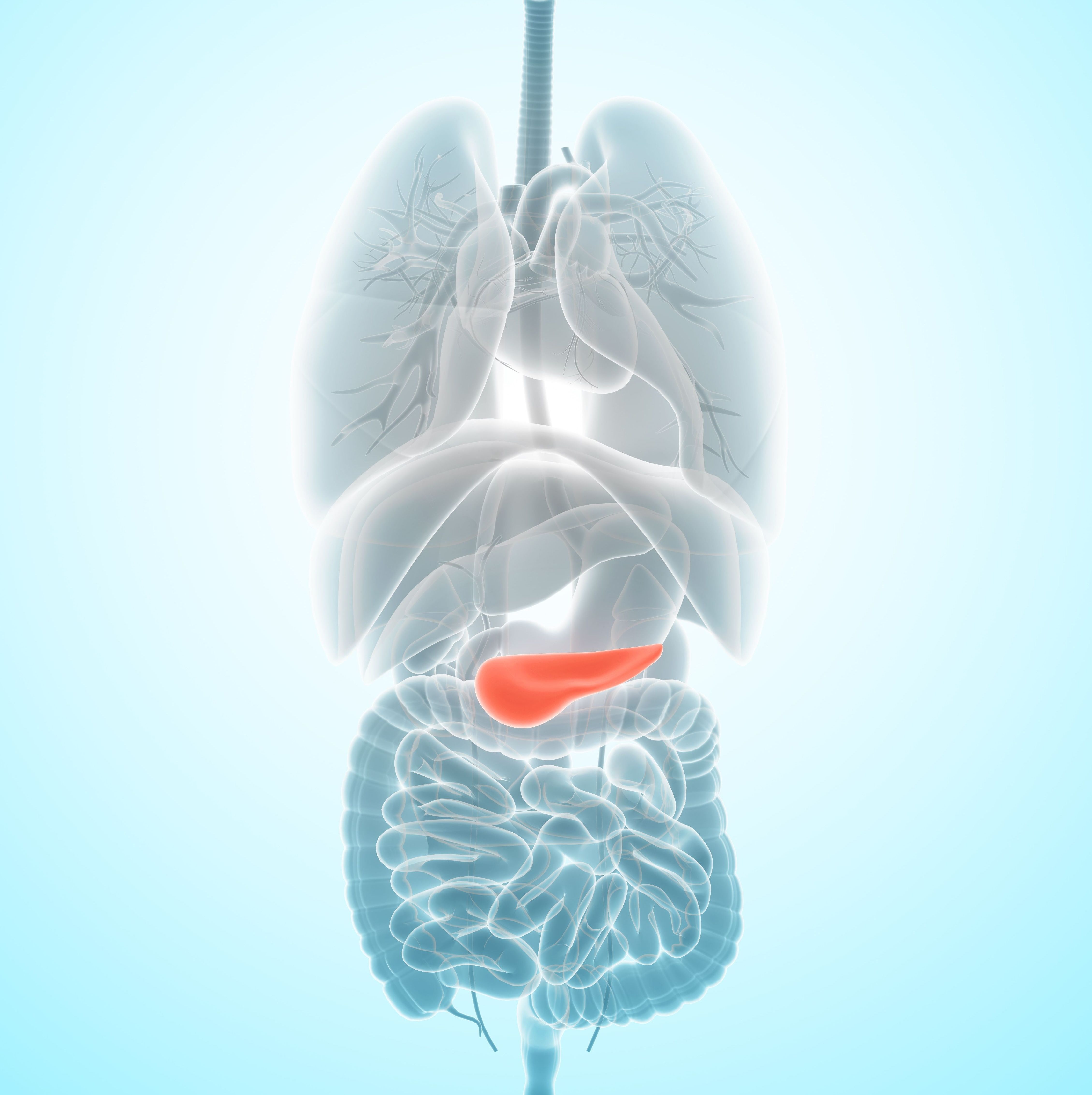Low Dose-Averaged LET Exhibits Poor Local Control in Pancreatic Cancer
The retrospective study is the largest to evaluate the relationship between dose-averaged LET profiles and local control after CIRT for pancreatic cancer.
According to the cutoff value determined by a time-dependent ROC analysis, patients with low CTV minimum had a significantly higher cumulative local recurrence rate vs those with a higher CTV minimum.

Lower dose-averaged linear energy transfer (LET) within the clinical tumor volume (CTV) was associated with worse local control in patients being treated with carbon ion radiotherapy (CIRT) for inoperable pancreatic cancer, according to findings from a single-institution retrospective trial published in International Journal of Radiation Oncology, Biology, and Physics.
According to the findings, dose-averaged CTV minimum had a significant effect on local recurrence (P = .023). Additionally, according to the cutoff value determined by a time-dependent Receiver Operating Characteristic (ROC) analysis, which included a 5-fold cross-validation that differentiated patients with local recurrence from tumor local control, patients with low CTV minimum had a significantly higher cumulative local recurrence rate vs those with a higher CTV minimum (P = .03). Furthermore, the respective 2-year cumulative local recurrence rates were 32.4% (95% CI, 16.6%-49.3%) vs 12.7% (95% CI, 5.8%-22.5%) between the 2 groups.
Cause-specific proportional hazard models identified dose-averaged CTV minimum as the only significant predictor of local recurrence (HR, 0.83; 95% CI, 0.71-0.98; P = .03) among all parameters examined. Furthermore, assessed parameters included CTV minimum dose, CTV volume, baseline CA19-9 levels, adjuvant chemotherapy, and nodal stage.
Additional findings revealed that in patients who experienced local recurrence, the dose-averaged LET for CTV was lower than in patients who experienced tumor local control across the relative CTV volumes. Minimum dose-averaged LET showed a strong significant negative correlation with CTV volume in all patients (P <.0001).
“Analysis of the largest cohort reported to date demonstrated that a low [dose-averaged LET] within the CTV is associated with poor tumor [local control] in patients with pancreatic cancer treated with CIRT,” lead author Soichiro Sakamoto, MD, of the Department of Radiation Oncology, Gunma University Graduate School of Medicine in Maebashi, Japan, wrote in the publication with study coinvestigators. “We described the spatial and volumetric characteristics of [dose-averaged LET]profiles for CIRT and found that [dose-averaged LET] tends to be lower at the center of the target, and in larger targets. These data provide a rationale to support LET-modulated CIRT. Clinical studies are necessary to confirm the efficacy of the [dose-averaged LET] properties described herein.”
Investigators of the analysis selected those with inoperable pancreatic cancer, including those with advanced stage disease, those with comorbidities, and those for whom surgery was refused on the grounds of inoperability. They were treated with CIRT between July 2013 and June 2021. Those who were selected also had a diagnosis of primary pancreatic cancer per CT or MRI, had no distant metastases or tumor invasion of the gastrointestinal (GI) tract, and were previously treated with concurrent chemotherapy.
CIRT consisted of a prescribed dose of 55.2 Gy delivered in 12 fractions, and treatment plans were created to deliver at least 95% of the prescribed dose to the CTV. Beam energies of 290 MeV/u, 380 MeV/u, or 400 MeV/u were used to treat patients according to target depth, with CIRT administered once daily for 4 consecutive days a week beginning on Tuesday and ending on Friday. Patients fasted for a minimum of 3 hours and received radiation through respiratory gating.
Patients in the trial were mostly male (56.6%), with a median age of 66 years (range, 39-80). The majority of patients had an ECOG performance score of 1 (67.0%), nodal stage 0 disease (78.3%), and body tumors (57.5%). The median baseline CA19-9 level was 306 U/mL (range, 1-6087), and the median tumor diameter was 35 mm (range, 8-110).
The most common neoadjuvant chemotherapy regimen was gemcitabine plus nab-paclitaxel (42.4%), with 34.0% of patients having not undergone any neoadjuvant chemotherapy. Gemcitabine was the most common concurrent chemotherapy (74.5%) and the most common option in the adjuvant setting (33.0%)
The study evaluated OS, cumulative incidence of local recurrence, and predictive performance of parameters through ROC analysis.
During the acute phase of treatment, grade 3 GI toxicities were seen in 2.7% of patients, and hematological toxicities were observed in 1.8% of patients. A total of 4.7% of patients experienced grade 3 GI toxicities in the late phase. No grade 4 or 5 toxicities were reported.
Reference
Sakamoto S, Oike T, Kobayashi D, et al. Low dose-averaged LET contributes to local recurrence of pancreatic cancer treated with carbon ion radiotherapy. Int J Radiat Oncol Biol Phys. Published online July 15, 2025. doi:10.1016/j.ijrobp.2025.07.1406